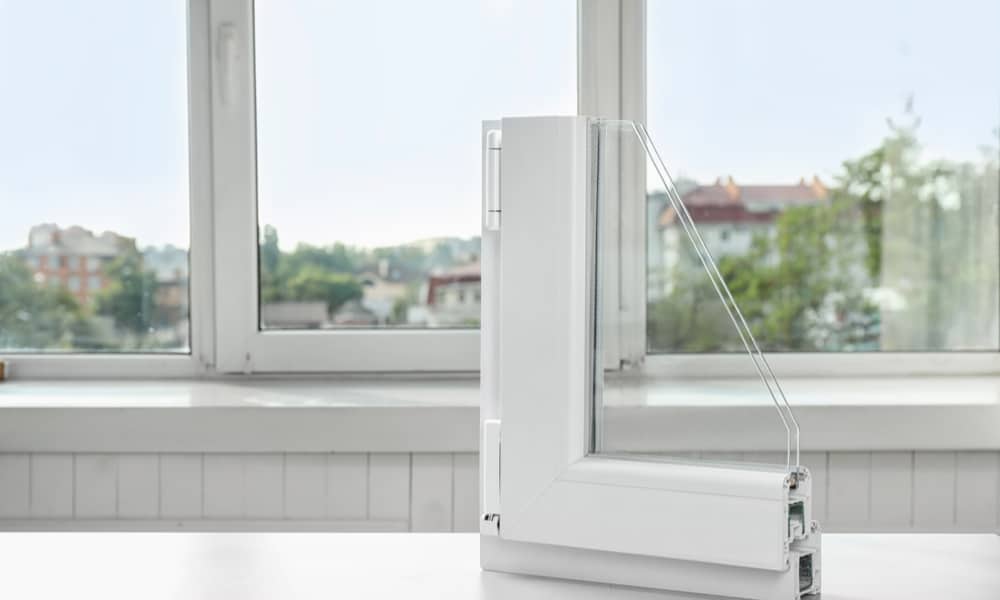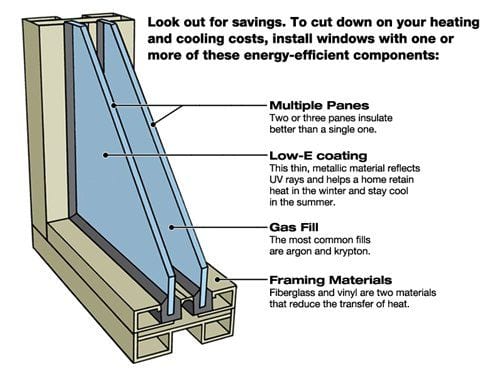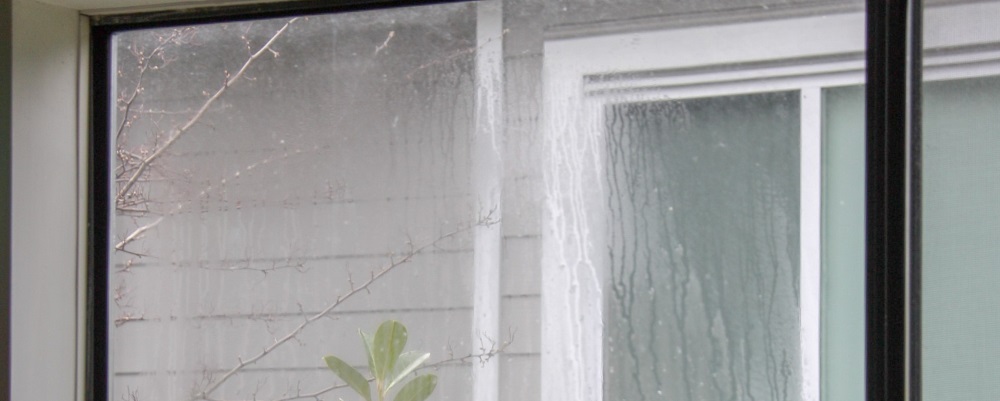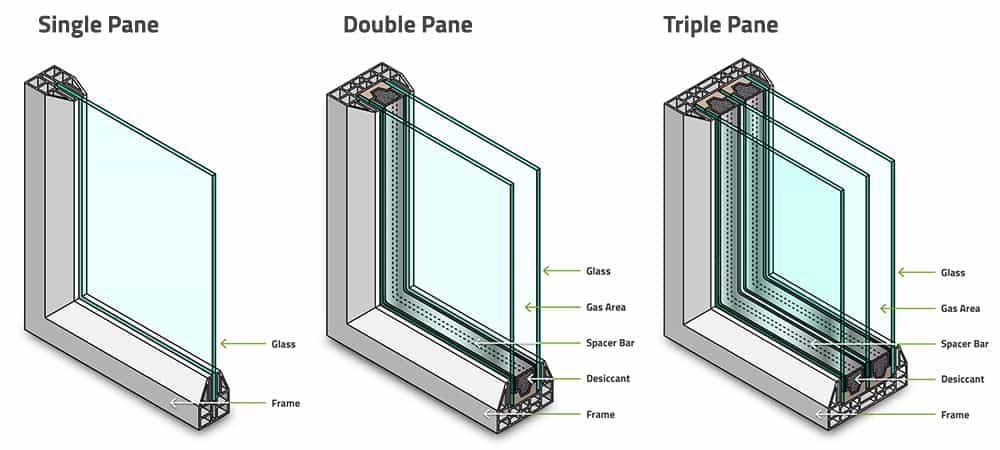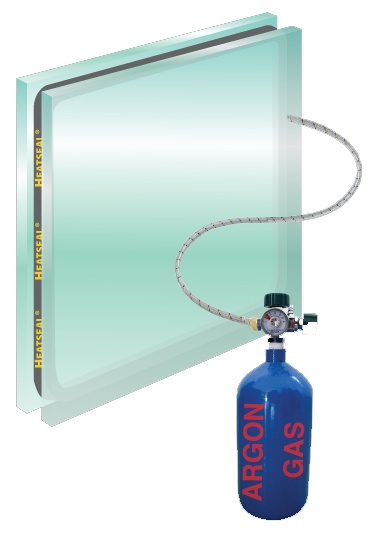Gas fills are special gases pumped inside insulated glass units double and triple paned window assemblies also known as igus to improve their thermal efficiency.
Double pane window gas leak.
Double pane windows also called insulated or thermal windows are made with two panels of glass sandwiched over a spacer and sealant creating a space between the panes that is filled with air or with a gas usually argon or krypton.
It minimizes the transfer of heat through the window and leads to less exposure as well as deterioration of the window frame.
In these situations it s as simple as replacing the insulated glass unit.
When condensation between double pane windows forms the seal on the glass is broken.
These viscous slow moving gases typically argon and krypton allow for less convection than would ordinary air minimizing convective currents within the window and reducing the transfer of heat across the window.
There are two types of spacers.
The wood gets too wet and starts to rot and eventually the glass seal breaks down.
It is this sealed space that gives the window most of its thermal performance.
The two hole method is more likely to leak argon gas because it has twice the likelihood possibilities for faulty seals.
Since argon gas is odorless and non toxic it isn t harmful in any way.
Whether it is just a simple sealed glass sandwich of two glass panes or a more sophisticated igu with coatings and inert gas filling the.
Double panes of glass in addition to a layer of a gas is the best way to insulate a window.
Insulated double and triple pane windows officially known as igus insulated glass units offer far better energy efficiency that single pane glass.
You ve probably got a gas leak.
Such windows are also commonly called thermal windows.
By standing at a distance outside and looking at the reflection you can see if the glass is more distorted than those of windows not affected.
Your window is trying to tell you.
The spacer inside the window can also affect gas leakage.
In humid climates wooden window frames are often the culprit.
The gas typically argon leaks out from between the two panes or.
